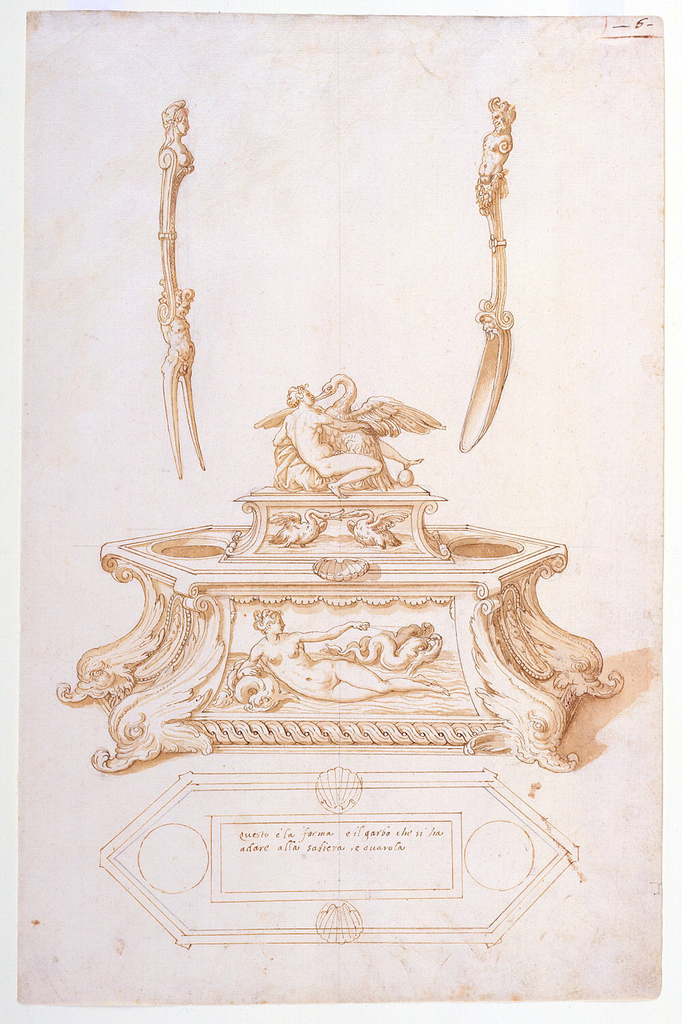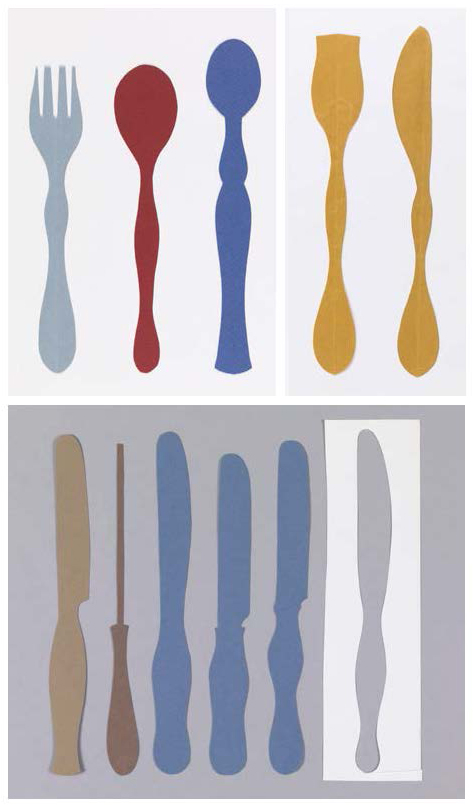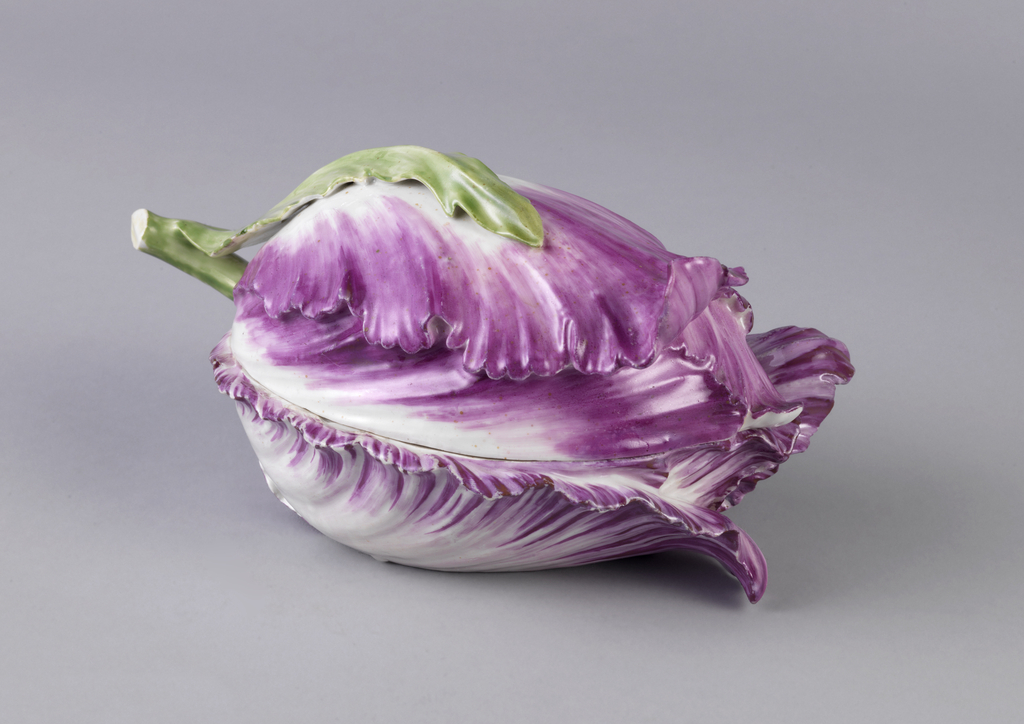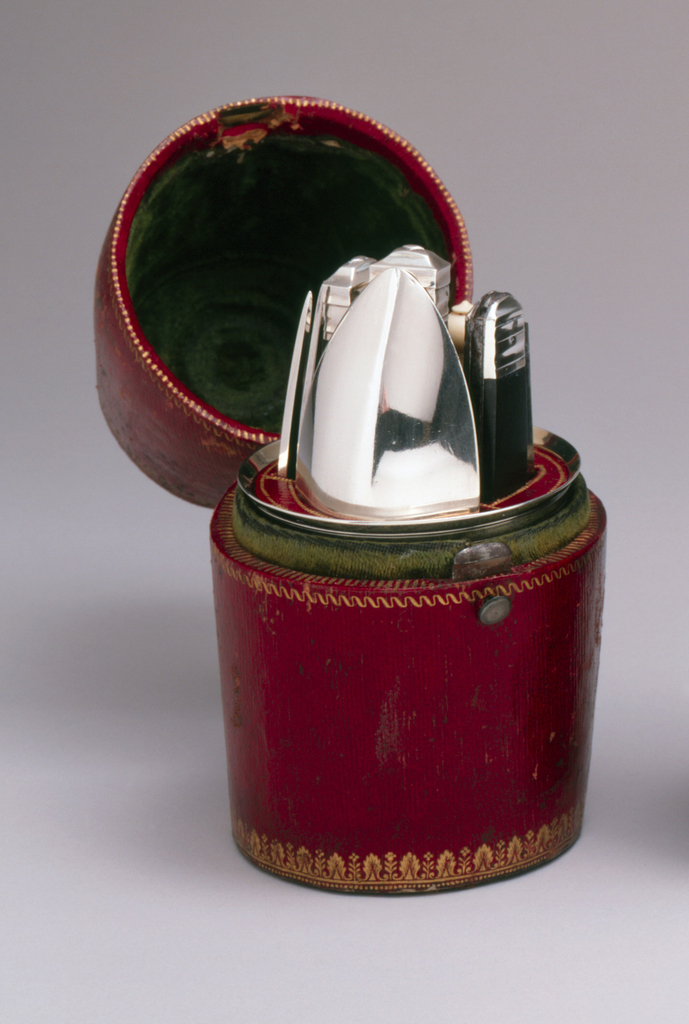Poached, fried, boiled, or roasted, eggs were an important part of the Italian Renaissance diet. In the sixteenth century, Italian chefs Bartolomeo Scappi and Cristoforo da Messisbugo each published cookbooks that detailed recipes and techniques for preparing banquets, and eggs were often on the menu. One of Scappi’s reoccurring recipes was for uovo da bere, or...
Born in Hungary in 1906, Eva Zeisel endured two world wars and the Soviet revolution. She spent sixteen months in a Russian prison and escaped Nazi persecution before emigrating to the U.S. in 1938. Best known for her ceramics, Zeisel called herself a modernist with a “little m.” She rejected doctrinaire geometries in favor of...
This tulip-form small tureen or covered dish must have appeared a wonderful bit of nature, as if fallen from a bouquet, on a dining table. Porcelain started to take the place of sugar sculptures on the most elegant tables of Europe in the eighteenth century. It came at a time when nature was being observed...
Sumptuously crafted by the Paris silversmith Gavet, this cutlery set was a luxury object intended for stylish travelers in the early nineteenth century. Cleverly designed with nesting parts, the set includes everything an affluent city dweller could need to dine outdoors, including a fork and spoon with detachable ebony handles inlaid with silver, a folding steel...



